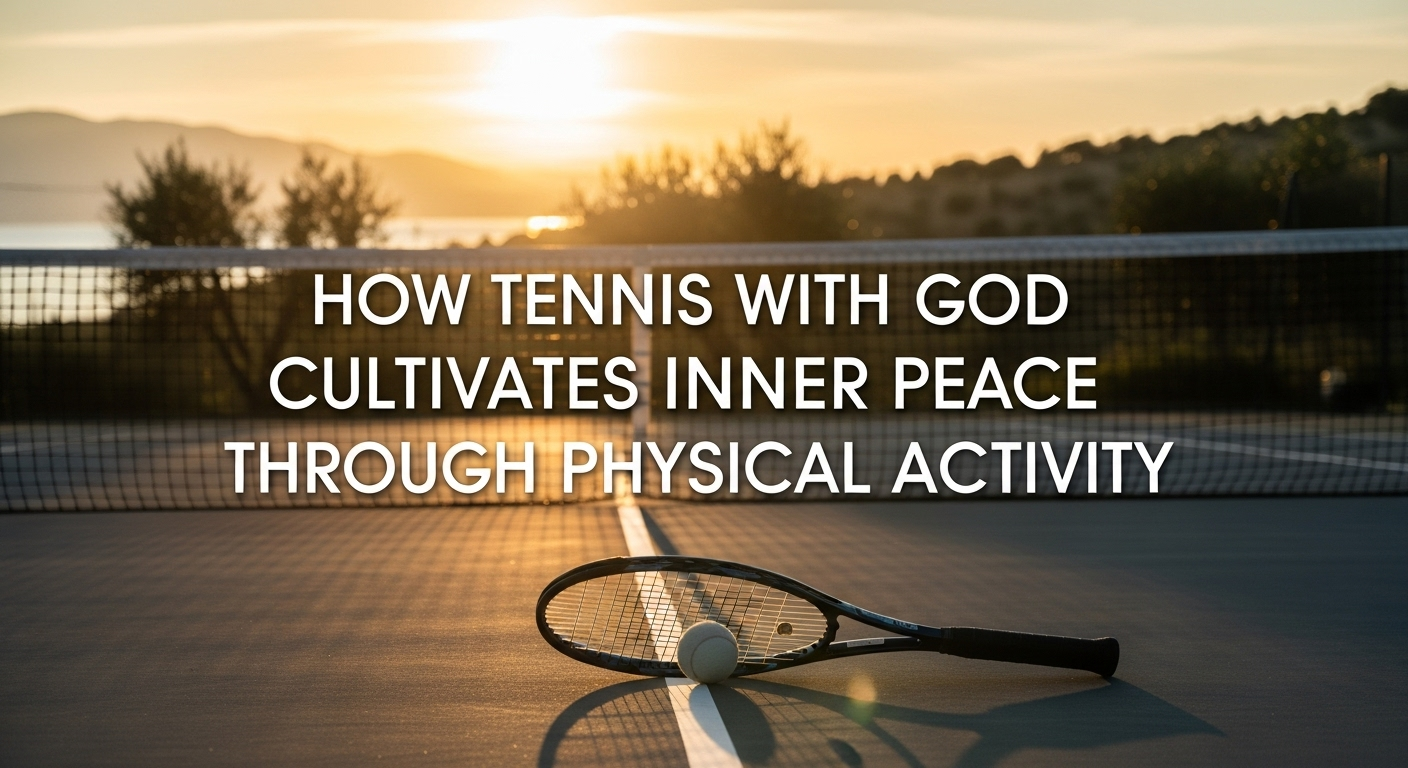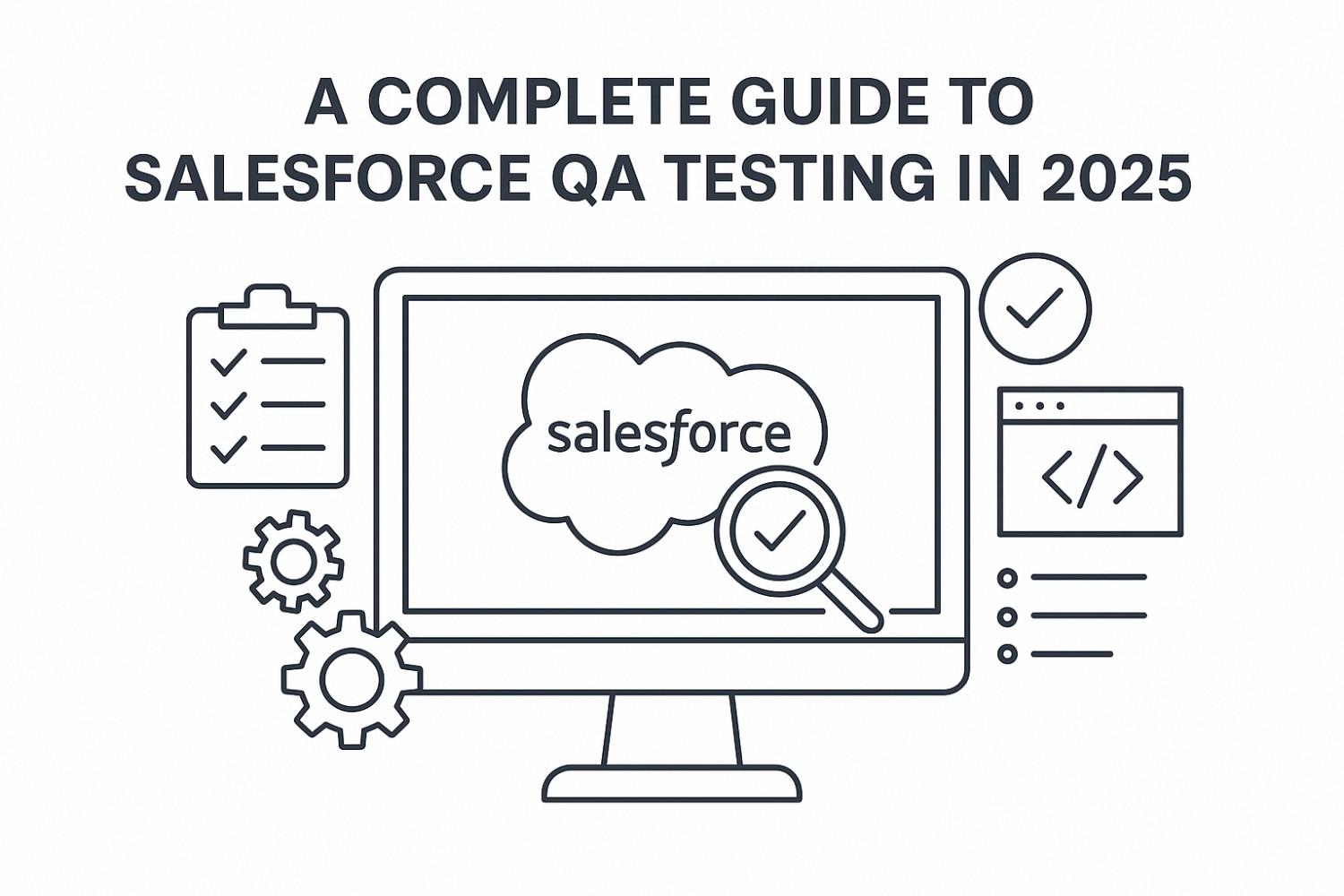Acupuncture for Sports Injuries: A Guide for Athletes
Athletes, from professional competitors to weekend warriors, live by a simple mantra: train hard, recover harder. The pursuit of peak performance often pushes the body to its limits, making injuries an unfortunate, yet common, part of the journey. While traditional treatments like RICE (Rest, Ice, Compression, Elevation), physical therapy, and anti-inflammatory medications are standard, a growing number of athletes are turning to an ancient practice with a modern twist: acupuncture. This isn’t just about holistic well-being; it’s about a scientifically supported method for pain management, accelerated recovery, and enhanced performance.
We will delve into how acupuncture for athletes can be a powerful ally, focusing on two of the most pervasive sports injuries: tennis elbow and runner’s knee. We’ll explore the underlying mechanisms, review credible research, and discuss why so many are choosing acupuncture to get back in the game faster and stronger.
Beyond the Needle: The Science of Acupuncture
Before we tackle specific injuries, it’s crucial to understand how acupuncture works. On a traditional level, acupuncture is rooted in the principles of Traditional Chinese Medicine (TCM), which posits that the body’s vital energy, or Qi, flows through specific pathways called meridians. Injury, stress, or illness can cause blockages in this flow, leading to pain and dysfunction. The insertion of ultra-fine needles at specific points is believed to restore this harmonious flow, promoting natural healing.
From a modern, biomedical perspective, the mechanisms are equally fascinating and well-researched. The insertion of acupuncture needles stimulates the central nervous system, triggering a cascade of physiological responses. These include:
- Release of Endorphins: Acupuncture stimulates the release of endorphins, the body’s natural painkillers. These powerful neurochemicals not only provide immediate pain relief but also create a sense of well-being, which is critical for an athlete dealing with the mental and emotional toll of an injury.
- Modulation of Inflammation: Injuries are often accompanied by localized inflammation. Studies suggest that acupuncture can help regulate the body’s inflammatory response by reducing pro-inflammatory cytokines and promoting anti-inflammatory molecules. By mitigating excessive inflammation, acupuncture helps to reduce swelling and speed up the healing process.
- Improved Blood Flow: The needling process enhances local microcirculation, increasing the delivery of oxygen and nutrient-rich blood to the injured tissue. This improved blood flow is essential for tissue repair and waste removal, which are both vital for a swift and effective recovery.
- Deactivating Trigger Points: Many sports injuries involve the formation of myofascial trigger points—hyper-irritable, tight knots within muscle tissue. A skilled practitioner can use acupuncture to precisely target and release these trigger points, alleviating pain and restoring muscle function and range of motion. This specific application, often referred to as dry needling, is a cornerstone of modern sports acupuncture.
This dual-pronged understanding—honoring both the ancient wisdom and the modern scientific validation—is what makes acupuncture for athletes such a compelling and effective treatment option.
Case Study 1: Acupuncture for Tennis Elbow (Lateral Epicondylitis)
Tennis elbow is a classic overuse injury, but its name is a bit of a misnomer—you don’t have to play tennis to get it. It’s a form of tendinopathy caused by repetitive wrist extension, which strains the tendons that connect the forearm muscles to the outside of the elbow. The result is a sharp, localized pain that can make even simple tasks like gripping a coffee cup unbearable.
For those suffering from this stubborn condition, traditional treatments often involve rest, bracing, and anti-inflammatories, which may only provide temporary relief. This is where acupuncture for athletes provides a significant advantage. An acupuncturist will typically target several key areas:
- Local Points: Needles are placed directly around the lateral epicondyle (the bony part of the elbow) and into the surrounding extensor muscles. This helps to reduce inflammation, relax the tense muscle fibers, and stimulate blood flow to the damaged tendons.
- Distal Points: Points on the hand and wrist (such as Large Intestine 4, or LI4) and along the arm (like Large Intestine 11, or LI11) are used to address the energetic pathways and neurological connections that are contributing to the pain. These points are often used to achieve a systemic analgesic effect, complementing the local treatment.
A systematic review published in the Journal of Acupuncture and Meridian Studies noted that acupuncture could provide significant pain relief and improve function in patients with lateral epicondylitis. While some studies have shown short-term benefits, many athletes report that consistent treatments help to resolve the underlying issue and prevent recurrence. The beauty of this approach is that it addresses the root cause—the muscular and tendon dysfunction—rather than just masking the symptoms.
Case Study 2: Acupuncture for Runner’s Knee (Patellofemoral Pain Syndrome)
Runner’s knee, or Patellofemoral Pain Syndrome (PFPS), is the most common overuse injury among runners. It’s characterized by a dull, aching pain around or behind the kneecap that worsens with activity. The cause is often multifactorial, stemming from muscle imbalances, poor tracking of the kneecap, or weakened quadriceps and gluteal muscles.
When dealing with runner’s knee, acupuncture for athletes can be a transformative therapy. The acupuncturist’s approach is holistic, aiming to not only reduce the pain in the knee but also to correct the muscular imbalances that led to the injury in the first place.
- Trigger Point Therapy: Acupuncturists will often use needles to release tight trigger points in the quadriceps (the front of the thigh), hamstrings, and gluteal muscles. The deactivation of these knots helps to restore proper patellar tracking and reduce the stress on the knee joint. A study in the Journal of Orthopaedic & Sports Physical Therapy highlighted that dry needling was effective in reducing pain and improving function in patients with PFPS when combined with physical therapy.
- Targeted Acupoints: Specific acupuncture points around the knee, such as Stomach 35 (Dubi) and Stomach 36 (Zusanli), are frequently used. These points are known for their ability to reduce inflammation and promote healing in the knee joint.
- Balancing Musculature: By identifying and treating both weak and overactive muscles, the acupuncturist helps to re-establish a healthy balance, which is critical for long-term recovery and injury prevention. This comprehensive approach is a key reason why acupuncture for athletes is so effective for conditions like runner’s knee.
The Broader Benefits for the Modern Athlete
While targeting specific injuries is a primary use case, the benefits of incorporating acupuncture into an athletic regimen extend far beyond treating a singular ailment. Regular sessions of acupuncture for athletes can be a proactive tool for enhancing performance and preventing future injuries.
- Faster Recovery Times: By improving blood flow and reducing inflammation, acupuncture helps the body recover more efficiently from intense training sessions. This allows athletes to train more consistently with less downtime.
- Increased Flexibility and Range of Motion: Releasing tight muscles and trigger points with acupuncture can lead to a significant increase in flexibility and an improved range of motion, which is crucial for optimal biomechanics and injury prevention.
- Mental Edge: The release of endorphins and the calming effect of acupuncture help to reduce stress and anxiety, fostering a state of mental clarity and focus. In high-stakes sports, this mental edge can be a game-changer.
- Proactive Injury Prevention: Acupuncturists are trained to identify subtle imbalances and areas of tightness before they develop into full-blown injuries. By addressing these issues early, acupuncture for athletes becomes a powerful preventative measure.
Choosing Your Practitioner
When considering acupuncture for a sports injury, it is vital to seek out a licensed and qualified practitioner. Look for someone with a background or specialization in sports medicine, as they will have a deeper understanding of athletic biomechanics and specific injury protocols. A good acupuncturist will work in tandem with your other healthcare providers, such as physical therapists and sports doctors, to ensure a comprehensive and coordinated treatment plan. This collaborative approach is essential for achieving the best possible outcomes and is a hallmark of high-quality care.
Conclusion
For too long, acupuncture has been viewed as a fringe or “alternative” therapy. However, with a growing body of scientific evidence and countless testimonials from athletes at all levels, its efficacy is undeniable. From the acute pain of tennis elbow to the nagging ache of runner’s knee, acupuncture for athletes offers a safe, effective, and drug-free path to recovery. It’s a holistic approach that not only treats the injury but also enhances the body’s innate ability to heal, helping athletes not just to recover, but to come back stronger than before.





